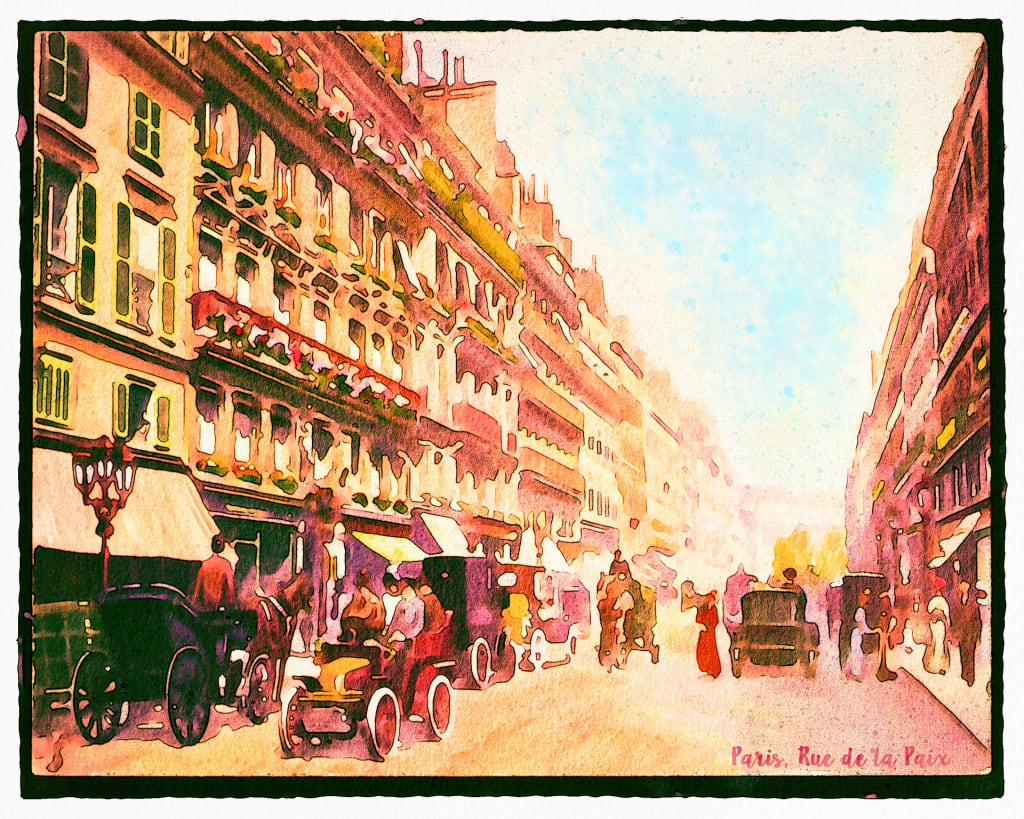The Lost Generation
Part 3: the entertainment of the 20's in Paris.

Jazz didn’t just subtly arrive in Paris, it exploded across the city. It’s generally believed Jazz began in the French Quarter of New Orleans and slowly spread across the states before World War 1. During the War, Lt. James Reese Europe and his small army of segregated African-American Soldiers played across 2,000 miles of French countryside. Lt. Europe was a well-respected bandleader from New York and with his infantry, brought a new music genre to Paris.
Once Jazz hit Paris, it was like a tsunami; everything was affected by its pulsing rhythm. Most local Parisian Musicians were not happy about this new sound. Jazz hit the classical musicians like how rap hit suburban families in the 1980’s. Jazz was played by emotion than by a set score, no song was played the same way twice. While Cole Porter and George Gershwin were both classically trained pianists and wrote traditional music, their music was no less important or popular at the time.
Jazz seemed to express the nightlife of Paris, defining it with sound rather than words. Loud parties with the still experimental cocktails and bright electric lights attracted Jazz musicians. Whereas Porter and Gershwin gave you the overall experience of Paris. People falling in love along the Seine and the way Paris looked stunning no matter the season. Jazz in a way described the looser morals and the way people lived in the moment. The Lost Generation had just survived the worst war ever known to mankind with some of the worst creations possible like chemical warfare and blasting bombs. Who could blame these people, who were very much still kids in their early 20’s for living a little?
“After the cork has popped on the third bottle and the jazz band has brayed the American suit- and cloak-buyer into such a state of exaltation that he begins to sway slightly with the glory of it all, he is reliable to remark thickly and profoundly: ‘So this is Paris!’.” Between Maxim’s, the Moulin Rouge and the Rotunde Paris was not short of night life entertainment. While Speakeasies were becoming the new form of nightlife and a popular hideout for bootleggers in America due to Prohibition, Parisians had their own form of alcohol reformation. However, they were not keen to stop drinking wine and beer. They outlawed absinthe cocktails, and actually promoted wine from Burgundy.
There were also several new art movements that were developing during the after effects of World War 1. Surrealism became extremely popular with Art Deco, Dadaism, and National Identity. Sigmund Freud was actually an inspiration for the Surrealism Movement because of his psychology studies of how we perceive things. The Dadaist movement was more of a parody of life after the war, it was a movement based on nonsensical nihilistic art that attacked bourgeois values and faith in technology. They created art in mediums that varied from painting to basically what we would call modern art, pieces of scrap metal welded together to represent lack of personal touch or something like that. It wasn’t a movement built to last. National Identity was mainly an American movement that was spearheaded by Georgia O’Keefe and Grant Wood. It was studying the American Lifestyle and giving it artistic representation.
Another big influence on art during this decade was politics. Many avant-garde artists were socialists or communists or sympathizers of either party. Their ideas of utopian societies and aesthetics visions stem from this time period. This is the beginnings of the Machine Age, with America being the new World Powerhouse of Industry after the war. Artists at this time either loved or hated this Industrial Boom.
About the Creator
Mae McCreery
I’m a 29 year old female that is going through a quarter life crisis. When my dream of Journalism was killed, I thought I was over writing forever. Turns out, I still have a lot to say.






Comments
There are no comments for this story
Be the first to respond and start the conversation.